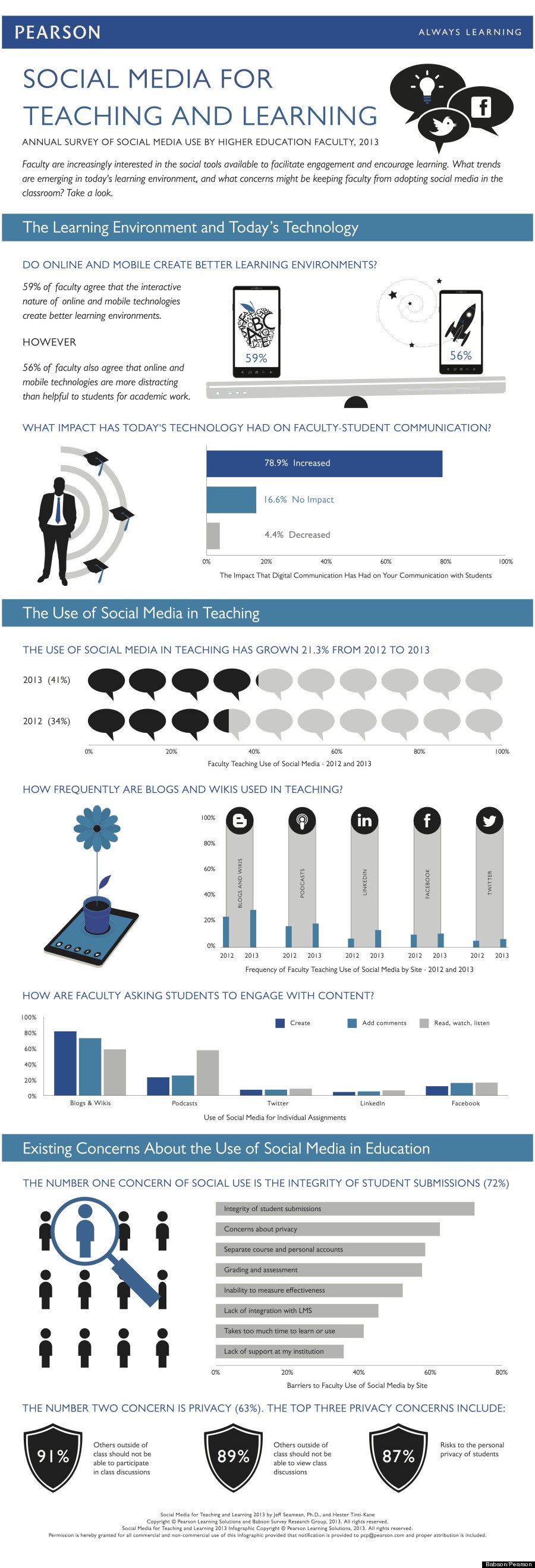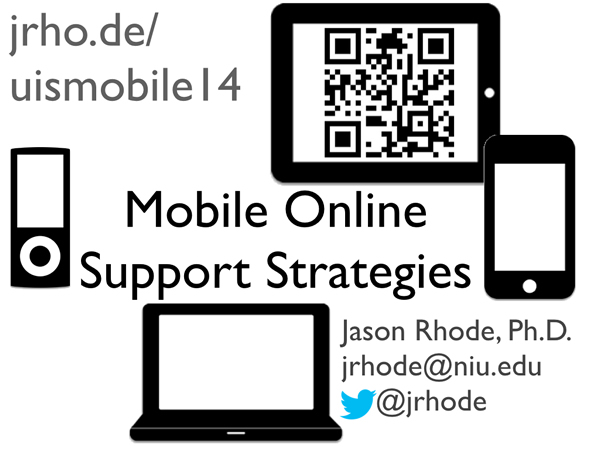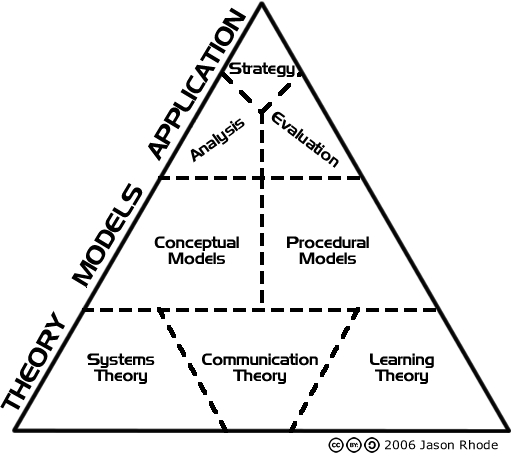The Interactive Rubric tool in Blackboard makes it possible for rubrics with click-and-score simplicity to be built into the grading workflow, increasing efficiency while also supporting consistent and high quality feedback. During this online workshop offered 2/27/2014 we explored the Interactive Rubrics tool in Blackboard and sample interactive rubrics applied to various types of Blackboard assessments. We highlighted the steps for creating an Interactive Rubric and applying it to an assignment for grading. We also covered how to reuse a rubric within a Blackboard course or share with other faculty.
For archives of other online workshops offered by NIU Faculty Development and Instructional Design Center, visit our YouTube channel




